Going against the trend is dangerous because it can lead you astray. But it is also a way to get noticed and appreciated if you do things correctly. This is what Asus has been doing for some years now with its smartphones, divided into two series: Zenfone and Rog Phone. The latter is dedicated to gaming enthusiasts; the former is instead the more classic version with a peculiarity: they are compact, not exactly small, although they become so when compared to competitor models.
With the latest arrival, the Zenfone 10, the Taiwanese company has packed a little gem which stands out for its display: 5.92 inches, the same size as the Zenfone 9 launched last year. A confirmation that comes with a series of innovations that improve the user experience and allow the phone to stand out from the crowd. Also, due to its lower weight (172 grams) and limited thickness (9.4 mm) compared to most phones on the market.
A little gem with few limits
Whether you like it or not is a matter of personal taste. Still, it is impossible not to appreciate Asus’ attempt to offer something different in a landscape full of duplicates. The Zenfone 10 is a smartphone that can be handled with one hand without any fatigue or pain from prolonged use, and because of its size, it is undoubtedly the most comfortable to carry in your pocket. Betting on a compact model can be a risk, as demonstrated by the iPhone Mini, which Apple did away with because it could not keep up with the sales pace of its siblings. Relying on a smaller smartphone, from the user’s perspective, is almost always synonymous with compromise, technical specifications or performance that is not top-notch because of the chosen format.
Asus almost completely disproves this perception because the Zenfone 10 has few limitations and many strengths. It is not a cameraphone and therefore does not hold a candle to the Samsung Galaxy S23, iPhone 14 Pro Max and Xiaomi 13 Ultra. Still, it does have a stabilised rear primary camera and the best processor on the market, the Snapdragon 8 Gen 2. It also has a battery life of well over 24 hours, a Full HD resolution screen that looks good outdoors, and a 120Hz refresh rate, which goes up to 144Hz when playing games.
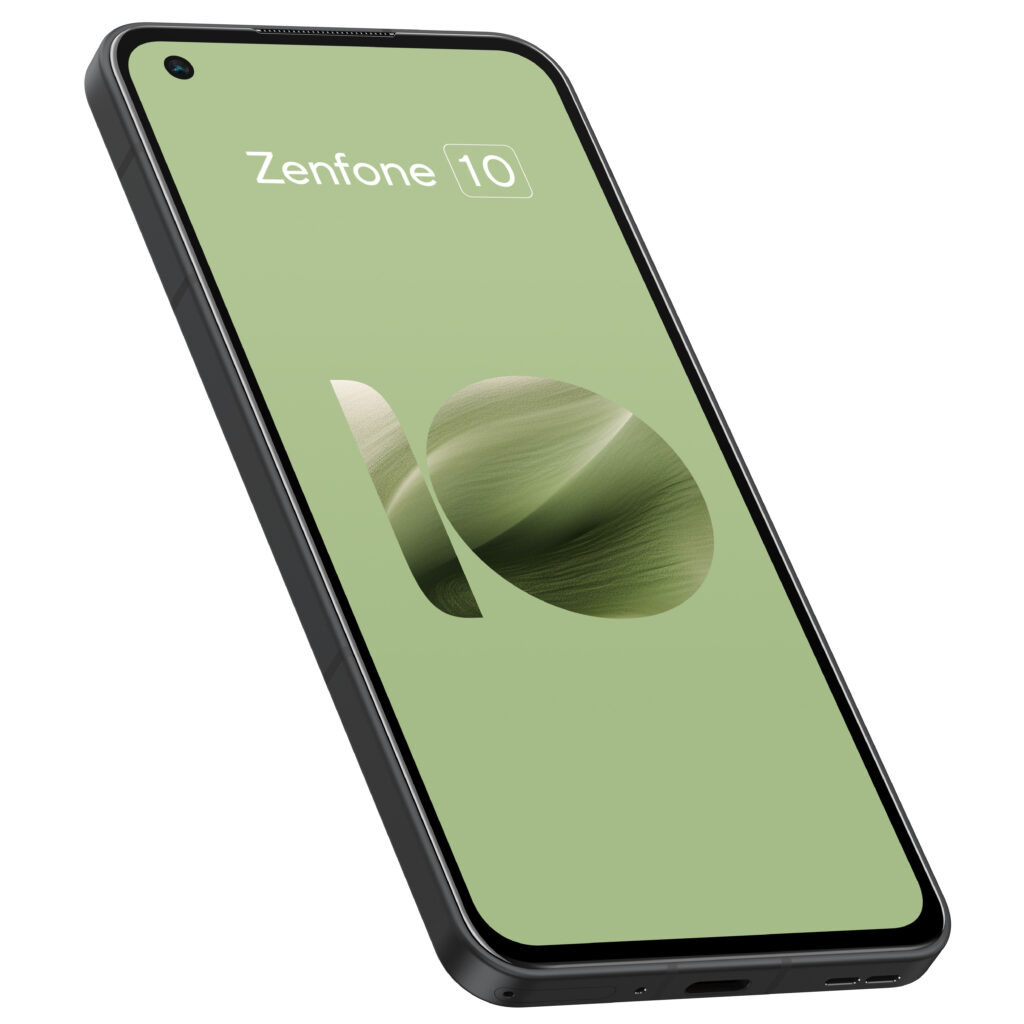
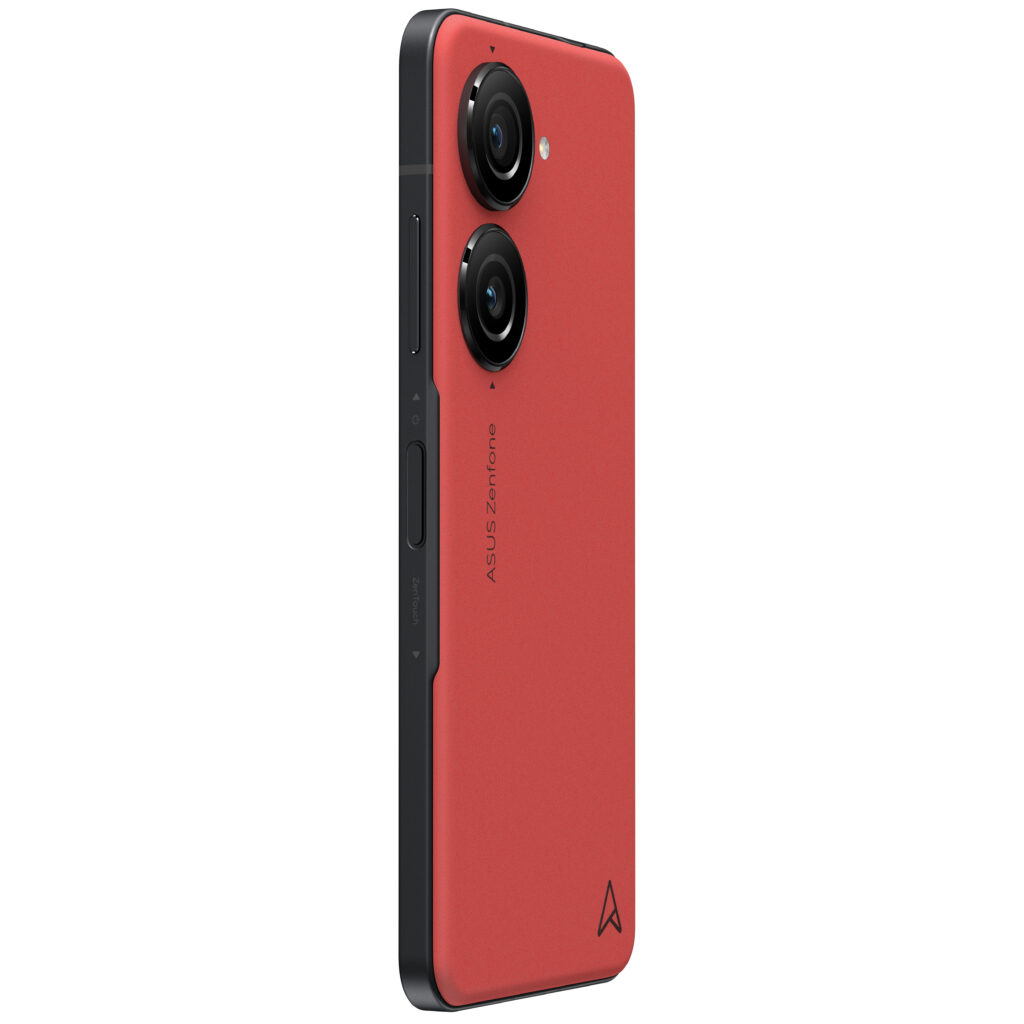
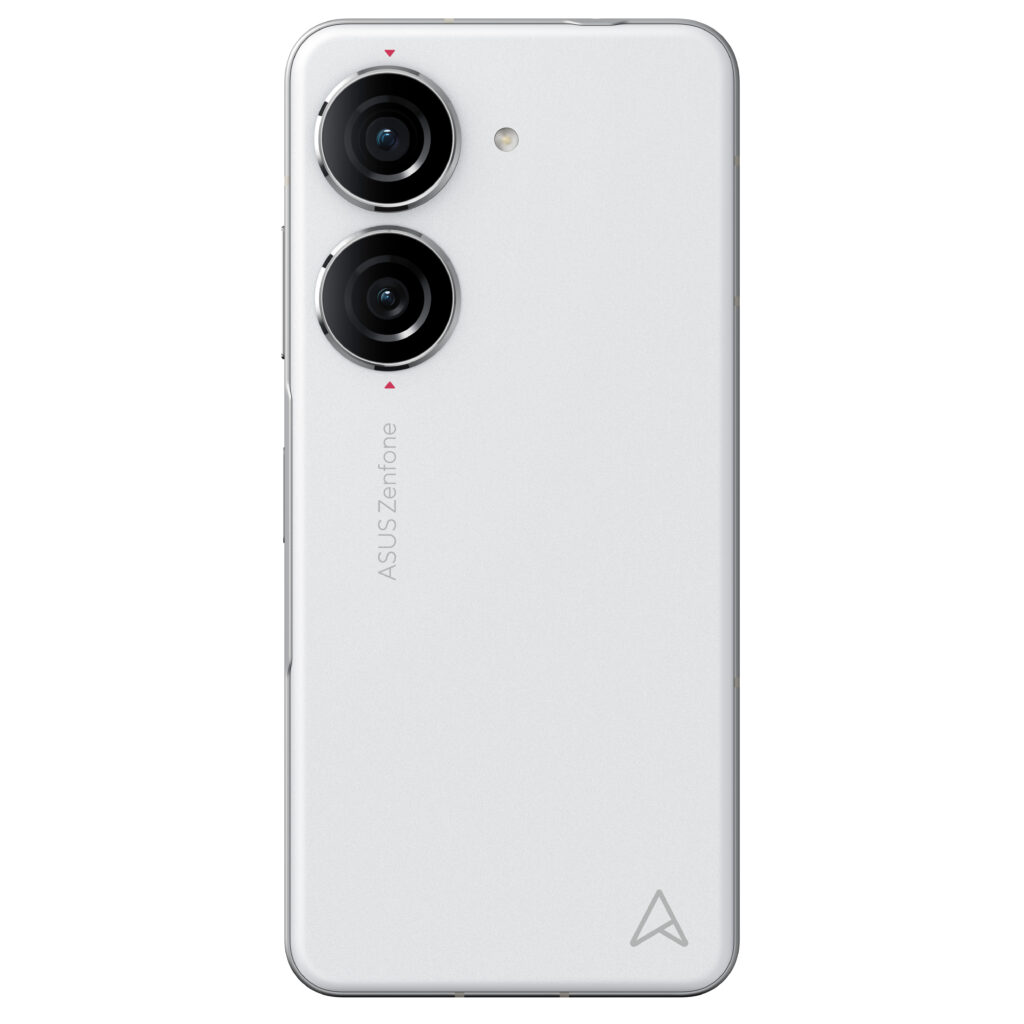
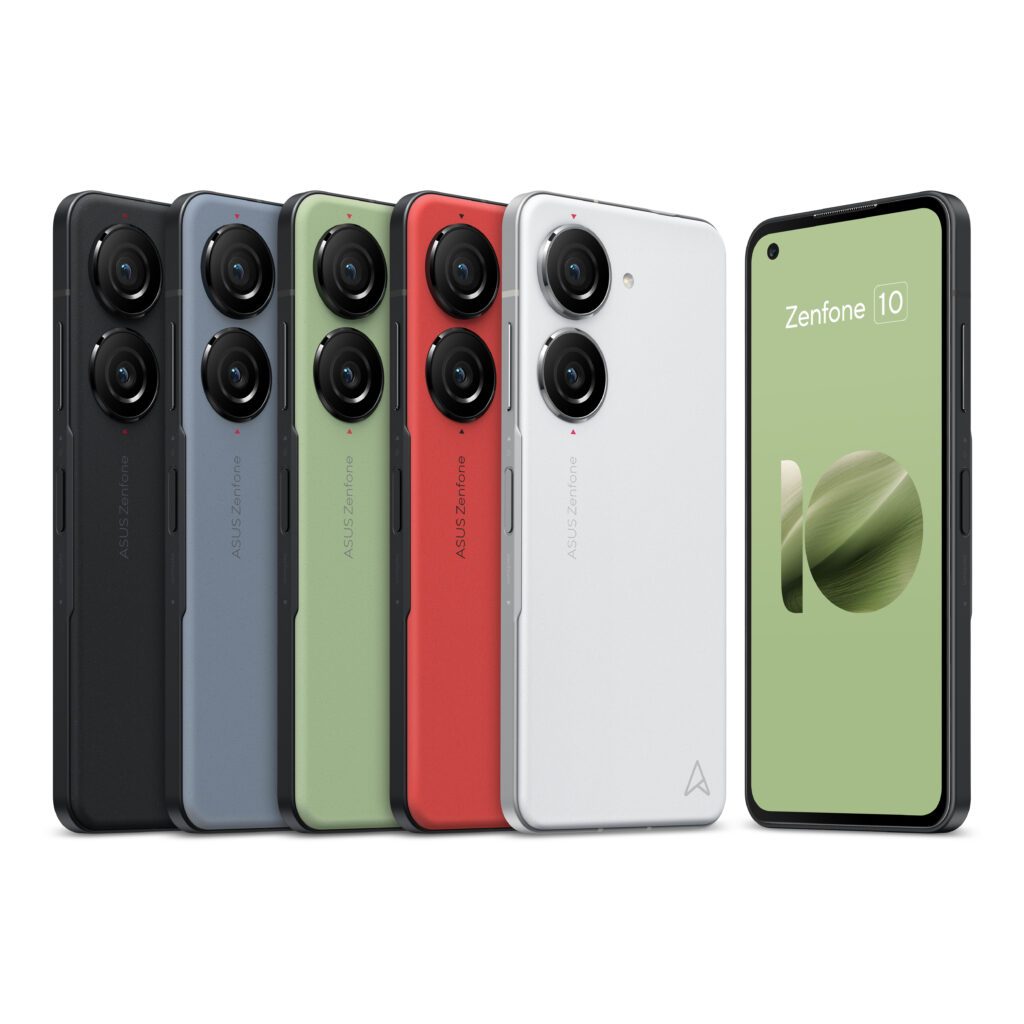
Three strengths: audio, gimbal and battery
On the back side, there is a plastic shell that is not premium as a material but provides several positive effects, as it allows a stable grip, repels dirt, absorbs falls better than more delicate substances, and is pleasant to the touch. An essential element is the fingerprint reader, integrated into the side power button, which combines speed and precision and the possibility of customising gestures, setting the preferred function for double clicks and long presses.
A strong point of the Zenfone 10 is the audio, thanks to the two stereo speakers that reduce distortion and the presence of the (now rare) 3.5 mm jack cable that allows you to listen to lossless audio tracks. Enjoying music, podcasts, and audiobooks is easy via the Audio Wizard app, which is useful for adjusting the listening experience by choosing from appropriate presets.
With two lenses on the back, the Zenfone 10 looks like a phone from the past. In reality, Asus’ choice is to remove what is unnecessary and enrich what is indispensable. That’s why the 50-megapixel Sony IMX766 main sensor with F/1.9 aperture incorporates the six-axis Gimbal stabiliser 2.0 that minimises the effect of blurring and shaking and is able to monitor the smartphone’s movements, adjusting the camera module in real time-to compensate for shifts of up to +/- 3 degrees, to avoid ghosting in moving scenes.
Among the smartphone’s positive notes is the 4300 mAh battery, equal in capacity to the Zenfone 9 but capable of 12.9% longer battery life, thanks to CPU and components that better balance power consumption and energy savings. In addition to the 30W HyperCharge charging system, there is also 15W wireless charging with any Qi-compatible wireless charger.
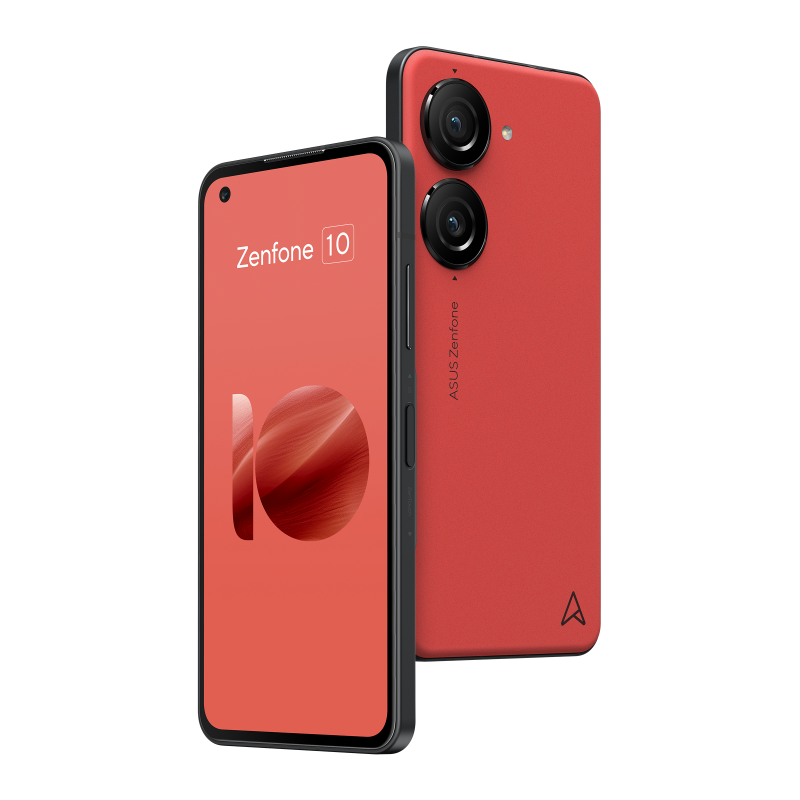
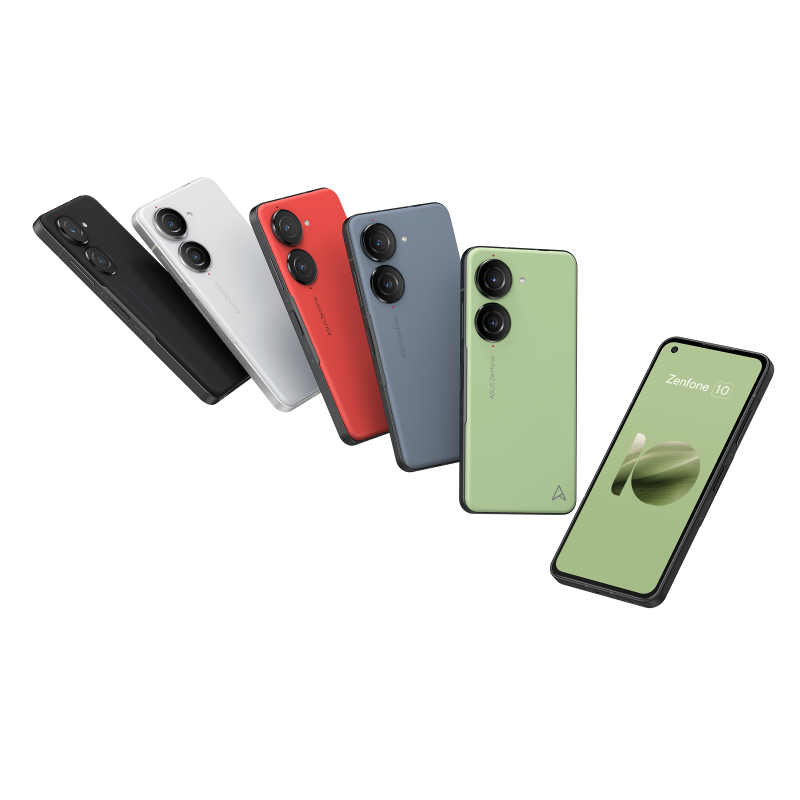
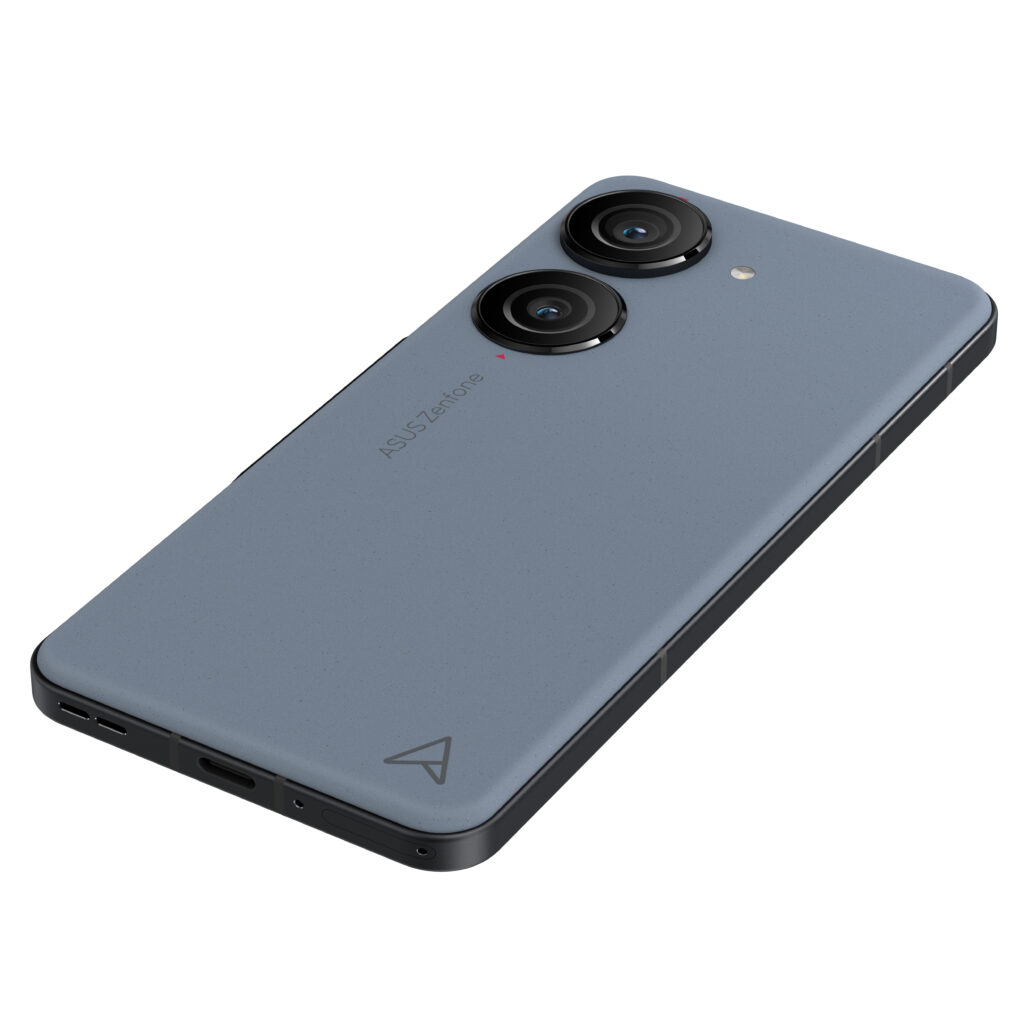
Good price, bad updates
Also new are the colours, as Midnight Black and Starry Blue are joined by Aurora Green, Comet White and Eclipse Red. Asus offers three versions of the Zenfone 10: 8+128GB for €799 (same launch price as Zenfone 9), 8+256GB for €849 and 16+512GB for €929, with an initial discount of €50 for the two models with more storage.
The size makes the Zenfone 10 a phone only for some, as opposed to the technical specifications that have little to envy many current top-of-the-range models. The biggest flaw, however, is the software, as Asus guarantees two years of Android upgrades and three security patches, far too little compared to the progress announced by competitors. This is the only reason I would hesitate to buy the Zenfone 10.


